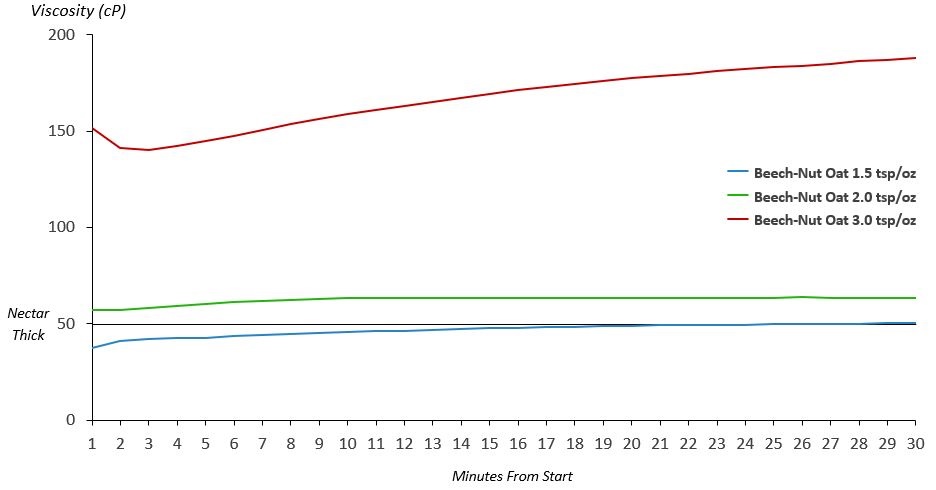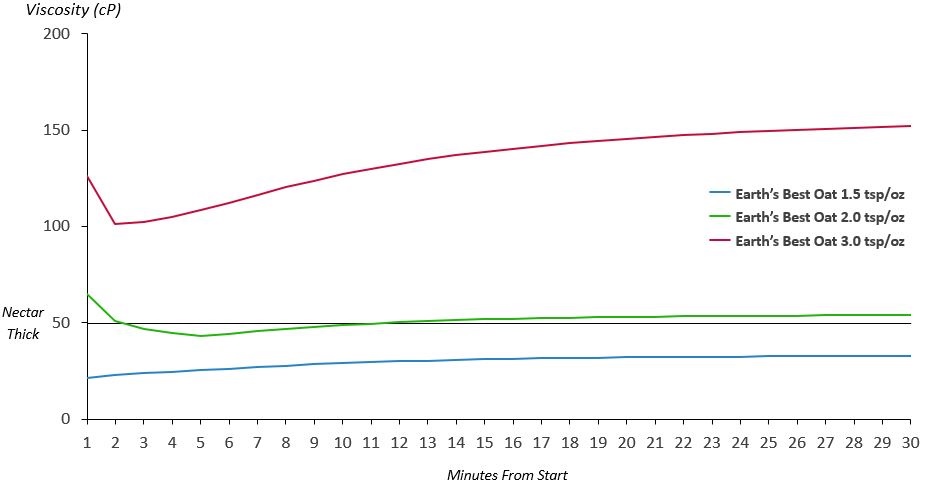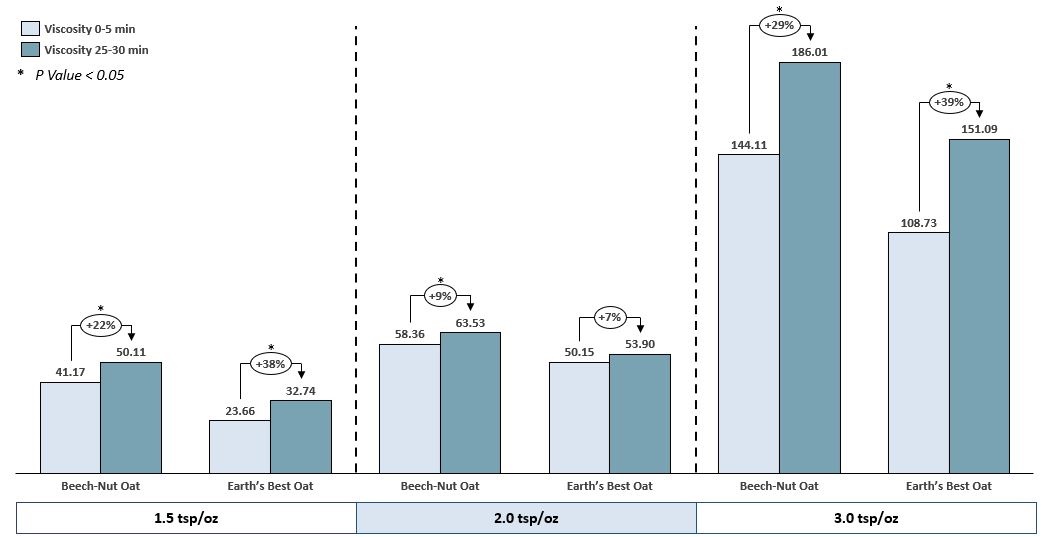Breastfeeding/Human Milk
Session: Breastfeeding/Human Milk 1: Breastfeeding
476 - Optimizing the Viscosity of Breast Milk Can Enhance the Management of Neonatal Dysphagia and Gastroesophageal Reflux (GER)
Sunday, May 5, 2024
3:30 PM - 6:00 PM ET
Poster Number: 476
Publication Number: 476.2285
Publication Number: 476.2285
.jpg)
Jennifer Kaswick, MD
Neonatology Fellow
Maria Fareri Children's Hospital at Westchester Medical Center
New York City, New York, United States
Presenting Author(s)
Background: Safe oral feeding skills and the absence of bradycardia/apnea, attributed to gastroesophageal reflux (GER), are required for discharge from the NICU. Thickening feeds with cereal, increasing viscosity, is recommended by the National Dysphagia Diet to reduce the aspiration risk from dysphagia or GER. However, there currently is a lack of standardized recipes for thickening infant feeds. Thickening breast milk is considered challenging due to innate amylase enzymes that rapidly digest cereal starches. As a result, breast milk is frequently replaced by thickened formula, losing its numerous benefits. Furthermore, the effect of the differing molecular structure of oat and rice starches (the two most common thickeners) on viscosity is not well studied. Our prior results demonstrated that breast milk can be effectively thickened with oat but not rice cereals to a target consistency of nectar thickness.
Objective: To determine the optimal recipe to attain the target nectar thickness (51-350 centipoise [cP] viscosity), enabling infants with dysphagia and GER to continue receiving breast milk.
Design/Methods: We measured the viscosity of fortified, thickened, unpasteurized donor breast milk using a Discovery Hybrid Rheometer-3, applying a shear rate of 50c-1 (the most frequently cited value in dysphagia studies) over a period of 30 minutes, the duration of a standard feeding. Measurements were recorded every second and averaged for each minute. Fortification (22 cal/oz) was accomplished with a cow’s milk derived whey fortifier, Mead Johnson’s Human Milk Fortifier, commonly used in the NICU at the start of oral feedings. One ounce of warm (37°C, body temperature) breast milk was thickened with 1.5, 2.0 and 3.0 tsp of Beech-Nut and Earth’s Best Organic Oatmeal cereals. The average viscosity, with three samples per condition, is presented in cP.
Results: Both oat cereals achieved the target viscosity, at 2.0 and 3.0 tsp, but only 1.5 tsp of Beech-Nut (Fig. 1 and 2). The target viscosity with Beech-Nut oat cereal was sustained and increased with 2.0 and 3.0 tsp throughout the 30 minutes (Fig. 3). At 2.0 tsp of Earth’s Best, there was a brief decrease slightly below the target viscosity at 3 minutes; however by 9 minutes it had again reached and maintained the target viscosity (Fig. 2).
Conclusion(s): We demonstrated that fortified breast milk can effectively be thickened with oat cereal to a nectar thick consistency and desired viscosity, with 2.0 tsp of oat cereal being the ideal amount of thickener. Our findings support the use of breast milk in the NICU for infants with dysphagia and GER to permit discharge home.



